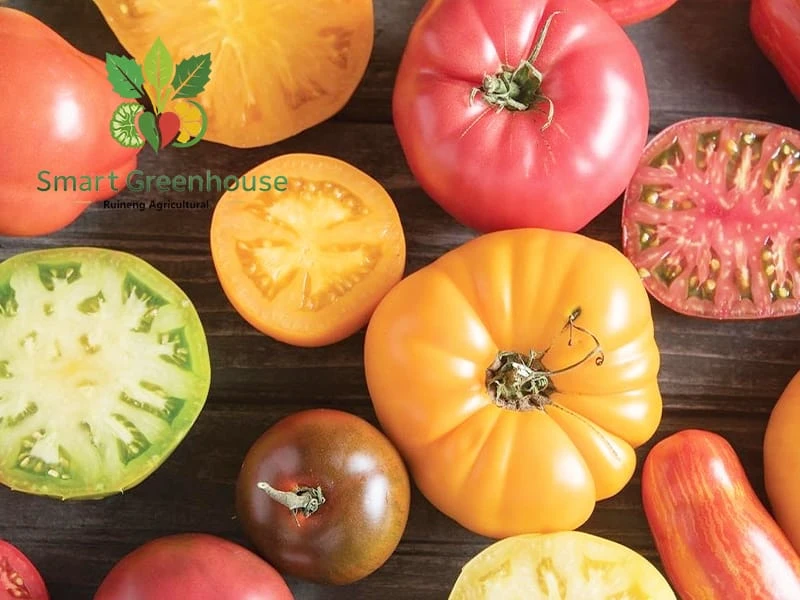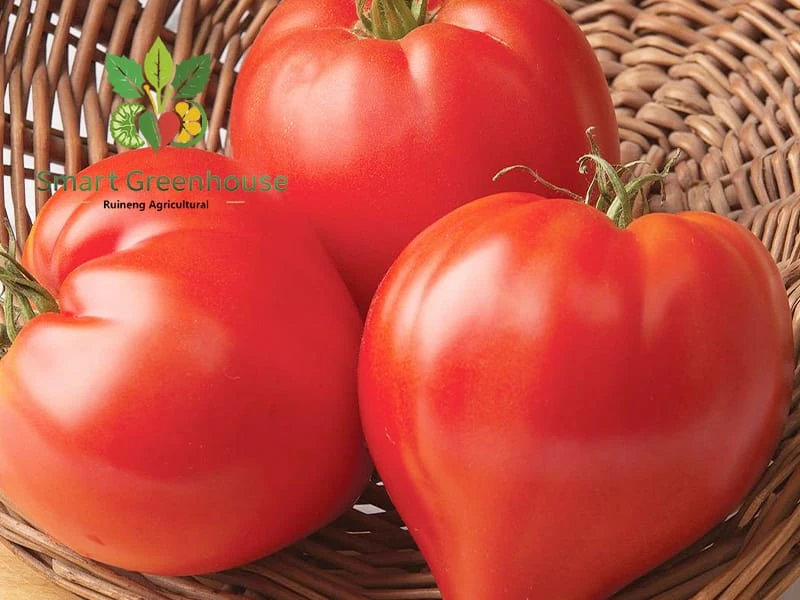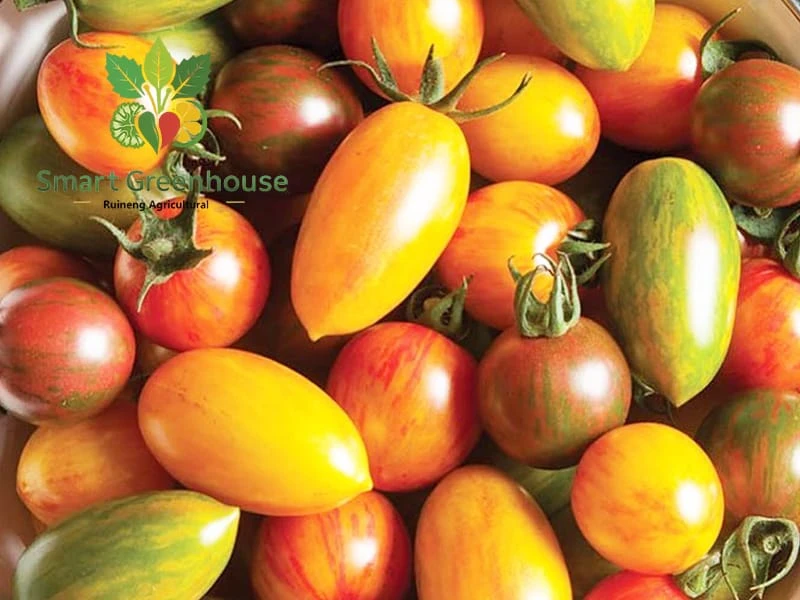A Tomato Planting Greenhouse is a specialized structure designed to create an optimal environment for growing tomatoes. It allows for extended growing seasons, higher yields, and protection from pests and adverse weather conditions. These greenhouses are widely used by both commercial growers and hobbyists to produce high-quality tomatoes year-round.
Climate Control: Regulates temperature and humidity to provide ideal growing conditions.
Protection from Pests and Diseases: Shields plants from insects, birds, and harsh weather.
Extended Growing Season: Allows for early planting and late harvesting, even in colder months.
High Yields: Greenhouse-grown tomatoes can produce up to 10 times more fruit compared to outdoor-grown plants.
Versatile Cultivation Methods: Supports soil-based, hydroponic, and vertical growing systems.
Consistent Quality Produce: Provides stable conditions for uniform fruit size and taste.
Reduced Chemical Use: Minimizes the need for pesticides due to controlled environment.
Efficient Space Utilization: Utilizes vertical growing systems to maximize yield in limited space.
Year-Round Production: Allows for continuous cultivation regardless of external weather.

Commercial Farming: Ideal for large-scale tomato production.
Urban Gardening: Suitable for small-scale growers and hobbyists with limited space.
Educational Institutions: Used for teaching sustainable agriculture and horticulture.
Home Gardens: Provides a controlled environment for hobbyists to grow high-quality tomatoes.


| Specification Item | Data |
|---|---|
| Width | 6-12 meters |
| Length | Customizable (typically 20-40 meters) |
| Height | 3-6 meters |
| Frame Material | Galvanized steel or aluminum |
| Cover Material | UV-stabilized polyethylene film, polycarbonate sheets, or glass |
| Temperature Range | Daytime: 20-25°C (68-77°F); Nighttime: 16-18°C (61-64°F) |
| Humidity Control | 60-70% |
| Ventilation | Roof vents, side vents, and exhaust fans |
| Irrigation System | Drip irrigation with timers |
| Heating Method | Electric, hot water, or hot air heating |
Regular Monitoring: Use thermometers and hygrometers to track temperature and humidity.
Ventilation Management: Ensure proper airflow to prevent fungal diseases.
Pollination Assistance: Use small fans or manual shaking to aid pollination.
Pest Control: Regularly inspect plants for pests and use organic controls.
Soil Management: Rotate crops to avoid soil-borne diseases.
To design a Tomato Planting Greenhouse tailored to specific needs, customers should provide the following information:
1.
2.
3.
4.
By providing this information, customers can ensure that their Tomato Planting Greenhouse is optimized for their specific needs and local conditions, maximizing efficiency and yield.